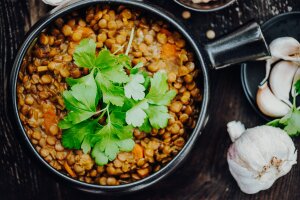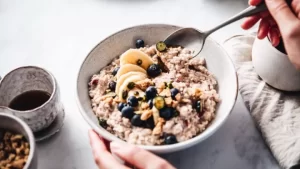The current dietary sweetheart is now protein. According to some trend forecasters, protein will be the following big trend in 2023.
When eating out or at home, People look for protein. According to Datassential, the phrase “protein” has been used 105% more frequently on restaurant menus merely in the past year. According to Innova Market Insights, the number of new foods and drinks with protein claims has increased by 10% annually over the past five years.
An International Food Information Council poll found that Americans want to consume more protein than any other nutrient.
But according to the same national poll, 31% of respondents are increasing their intake of protein from plant-based sources compared to a year ago.
It should come as no surprise that consumers’ top priorities are preserving the environment, maintaining affordability, and safeguarding their long-term health.
Plant-Based Protein
Meat may be the iconic flagship of the protein group, but plant foods can hold their own among their protein compatriots – including beans, peas and lentils, nuts and seeds and soy products.
It’s actually better to vary your protein sources. Most Americans get enough protein from meat, poultry and eggs, but do not meet recommendations for seafood, nuts, seeds and soy products.
Increasing the proportion of your plate to favor more plants, like the eating patterns of the Mediterranean diet or a flexitarian approach, offers multiple benefits – from maintaining a healthier weight to reducing the risk of heart disease, certain cancers and Type 2 diabetes.
If you’re concerned about plants being an “incomplete” protein that requires complicated combining of different proteins, you can put that worry to rest. Now we know that when you eat a variety of plant foods the overall mix of amino acids – or the building blocks of protein – is not substantially different from animal protein.






